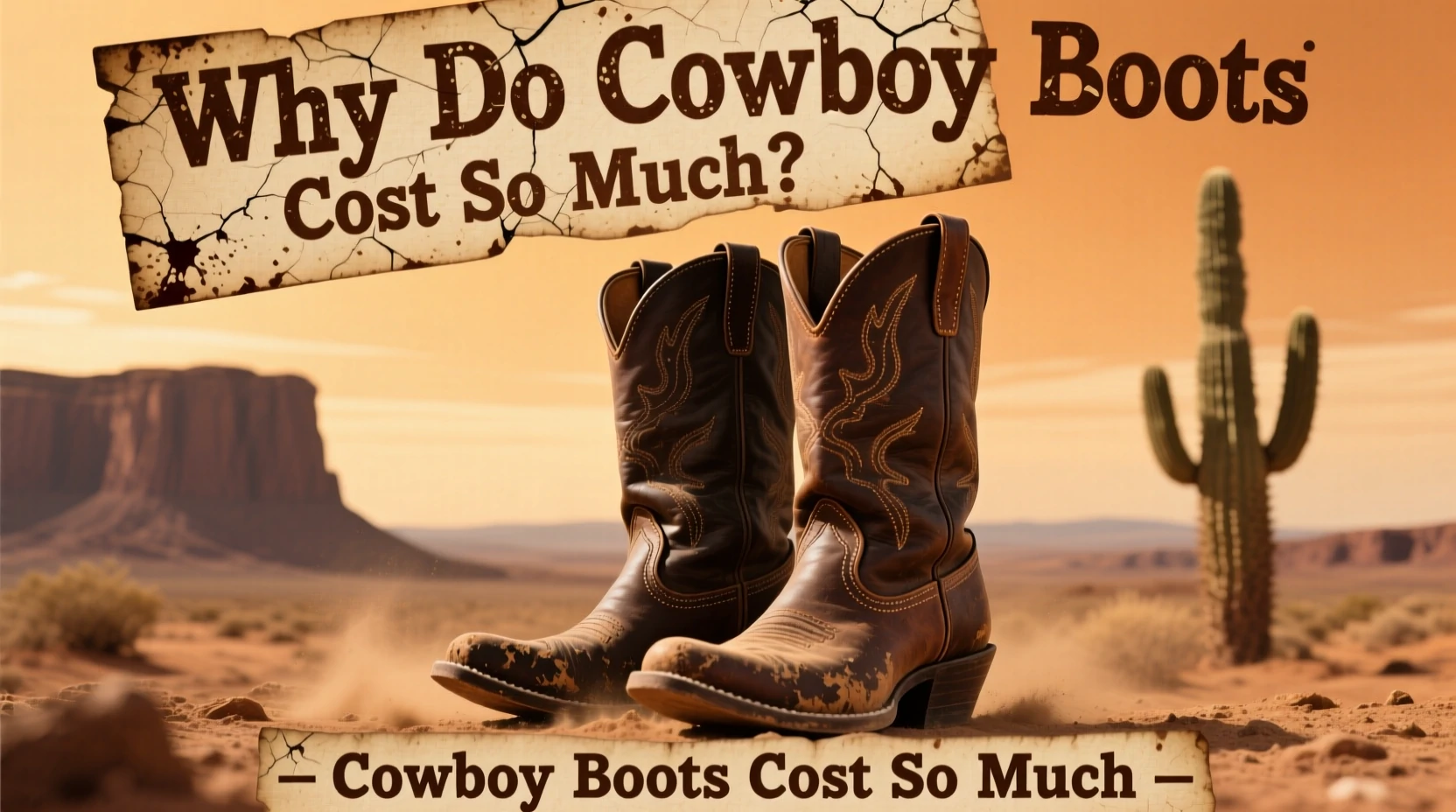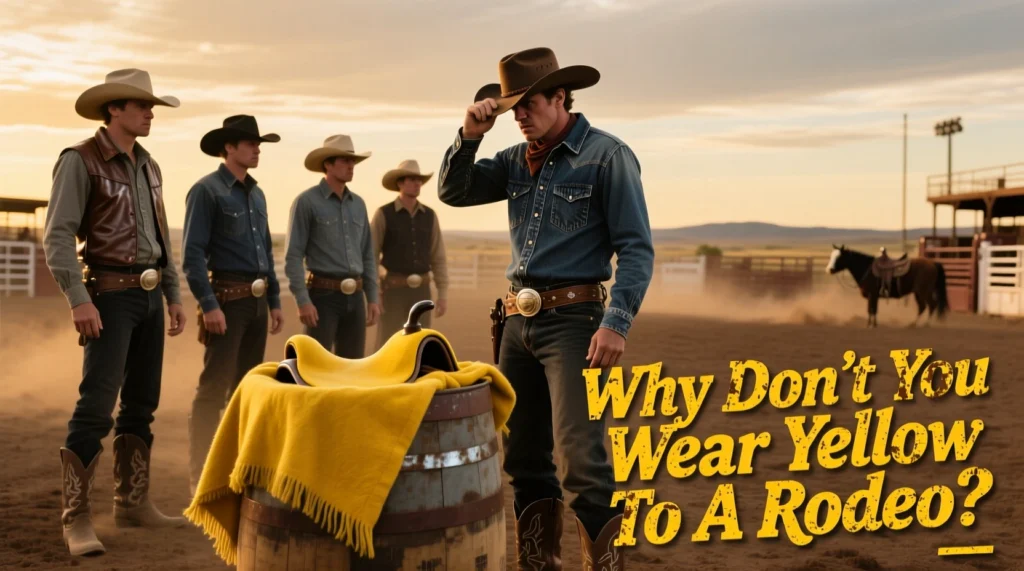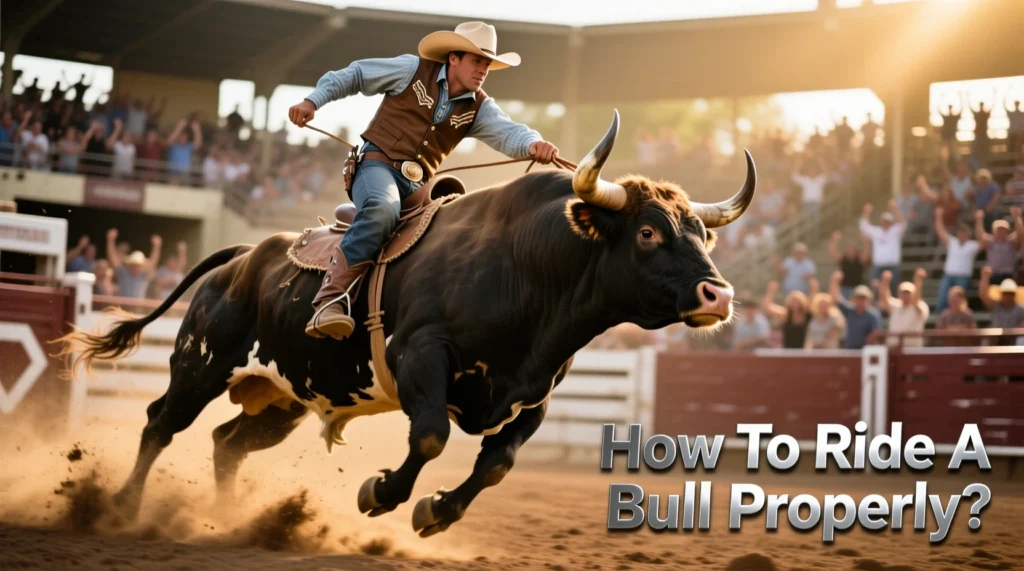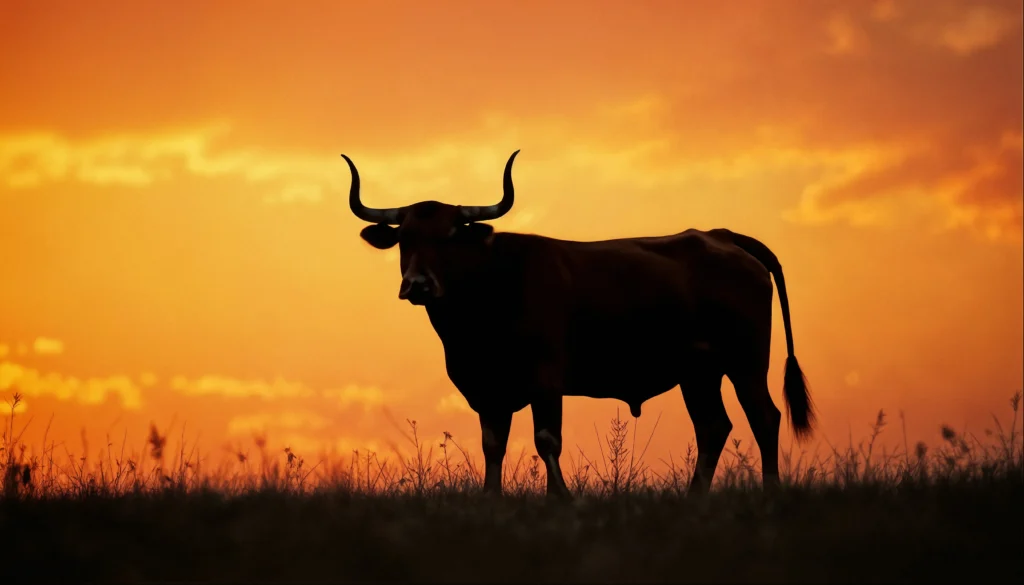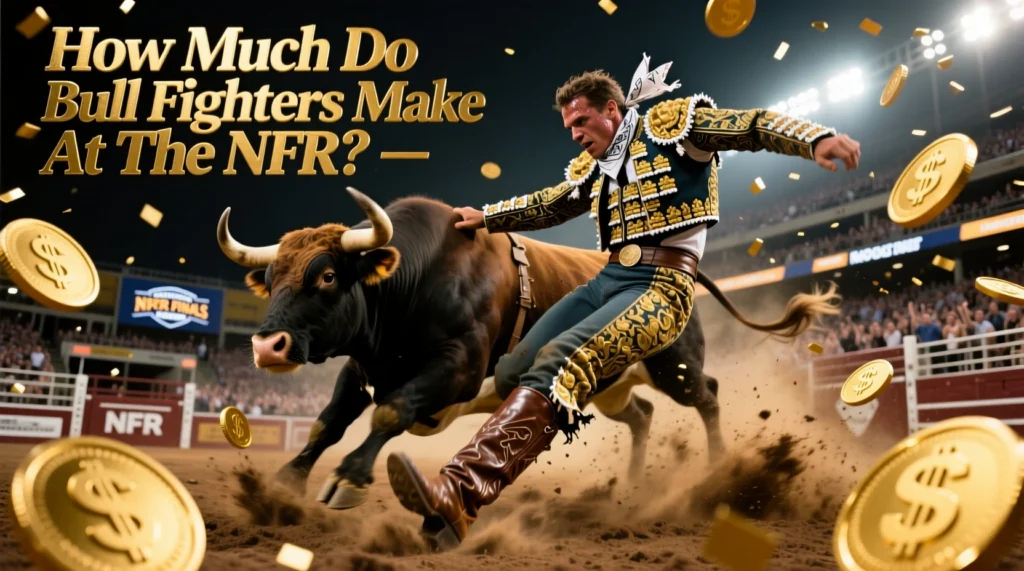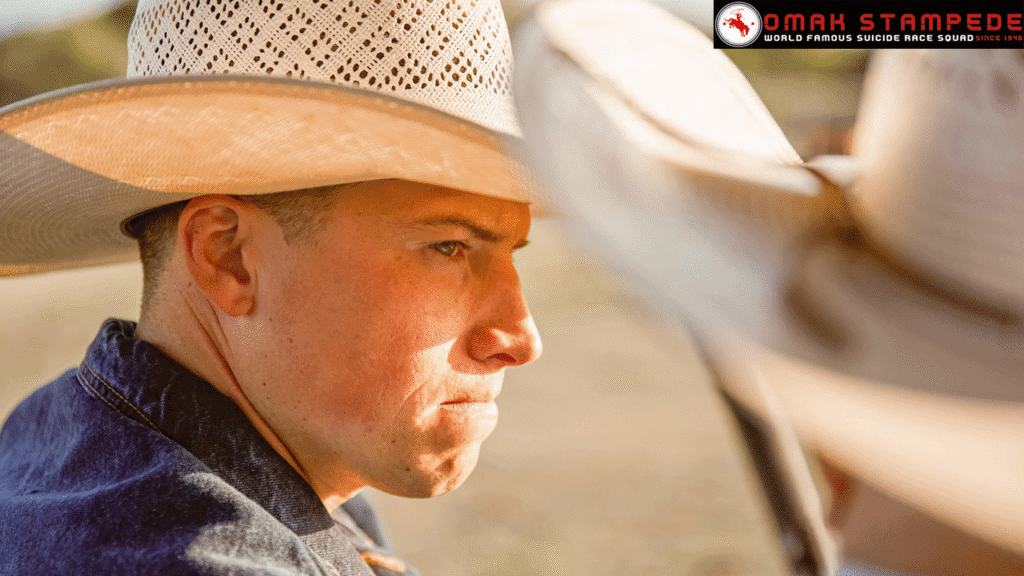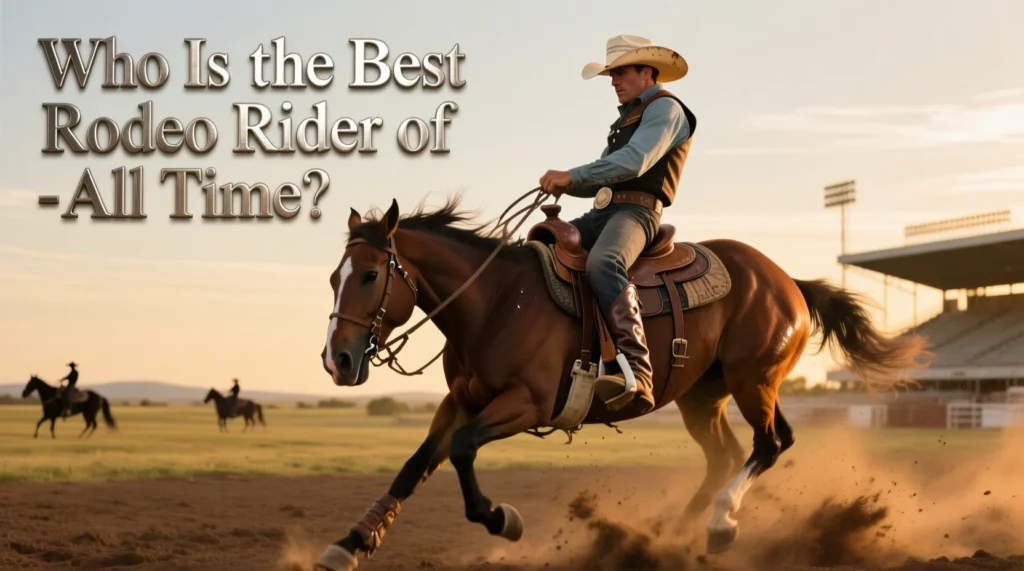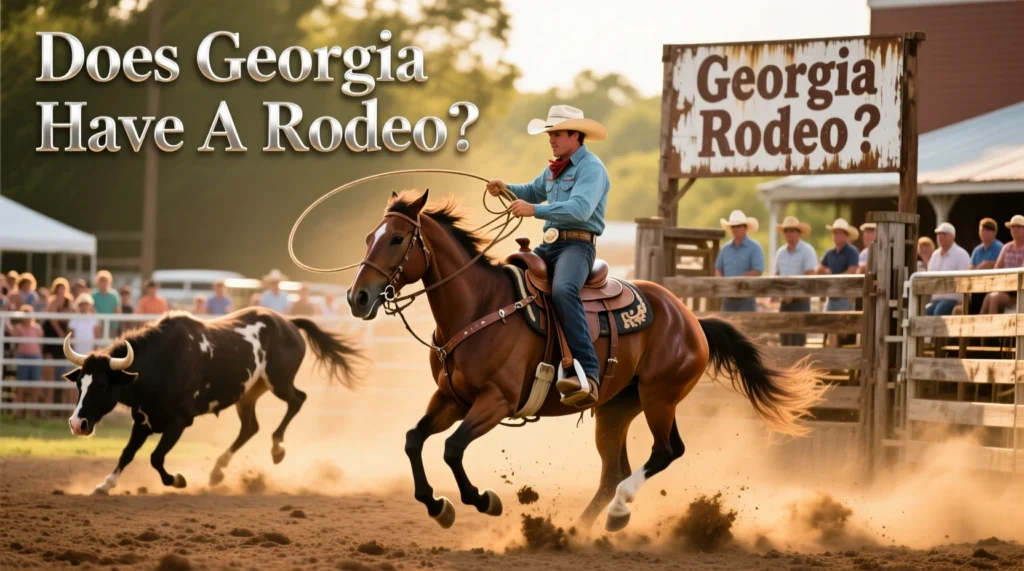Why Do Cowboy Boots Cost So Much? Discover the true reasons behind cowboy boot prices. We break down the costs of handmade craftsmanship, premium & exotic leathers, and why a great pair is a smart long-term investment.
Table of Contents
Why Do Cowboy Boots Cost So Much? Unpacking the Craftsmanship, Materials, and Long-Term Value
The moment you start shopping for a quality pair of cowboy boots, you might get sticker shock. It’s not uncommon to see price tags ranging from $200 to $1,000 for ready-to-wear models, with completely custom creations reaching tens of thousands of dollars. This leads to a fundamental question: Why are cowboy boots so expensive?
The short answer is that you’re investing in a product that’s built to last for decades, not just a seasonal fashion trend. The price reflects superior materials, time-honored craftsmanship, and a commitment to durability that’s the exact opposite of the latest footwear. We will explore the real cost drivers behind cowboy boots, from tannery to workshop, and show why, with proper maintenance, they can be one of the most cost-effective purchases you’ll ever make.
The Core Factors Driving the Price of Cowboy Boots
The expense of a cowboy boot is not arbitrary. It is the direct result of several concrete factors that impact both the initial quality and the long-term value.
Why the Numbers Vary: A Debate over Methodology and Transparency
The wide variation in reported figures stems from several key factors:
1. The Art of Handmade Craftsmanship
How a boot is constructed is perhaps the single greatest factor in its cost. There is a vast difference between machine-made and handmade boots:
- Machine-made shoes (Asia): Produced quickly on assembly lines, these shoes have low labor costs. Despite being affordable (typically $50-$150), they often use inferior materials and construction methods that can compromise longevity.
- Hand-stitched and handmade shoes (US and Europe): This is where the price goes up – and the quality goes up. Brands like Luchese and Miron Crosby employ skilled craftsmen who can spend 12 to 24 hours or more on a pair. Techniques like “hand-moulding” (shaping the leather to the shape of the foot) ensure a superior fit. Every stitch, from the intricate shaft design to the three-quarter welt that joins the sole, is done with precision. This level of craftsmanship commands a higher price tag but results in an unmatched product.
2. The Premium and Exotic Materials
Cowboy boots require a significant amount of material, especially due to their tall shafts. The type of leather used is a major cost driver:
- Basic Leather: Boots made from durable cowhide or bull hide represent the more accessible end of the price spectrum for quality boots.
- Exotic Skins: This is where the prices go up. Animal skins like American alligator, ostrich, caiman, and python are highly sought after for their unique textures and patterns. These materials are rare, regulated, and difficult to work with, which carries a substantial premium. For example, a boot made entirely from American alligator can cost thousands of dollars. As Texas-based brand Marion Crosby explains, their use of premium materials is a fundamental part of creating something “luxurious, whimsical and uniquely Texan.”
3. The Origin of Production and Labor Costs
Why Do Cowboy Boots Cost So Much? Where a boot is made directly influences its price due to local labor standards and material sourcing:
- Made in North America: Shoes made in the US or Canada, such as Justin Boots’ “Made in the USA Collection” or Abilene Boots, typically range from $175 to $500+. This price point reflects fair labor costs and often superior quality control.
- European-made: Shoes from countries such as Spain and Italy, known for their hard work and material standards, often occupy the luxury tier, with prices ranging from $300 to $500.
4. The Economic Model: Direct-to-Consumer vs. Traditional Retail
Some brands have adopted a direct-to-consumer (DTC) model to offer better value. Companies like Vaccari Boots and Tecovas forgo traditional retail markups by selling primarily through their own websites and stores. This allows them to offer shoes with high-quality materials and craftsmanship at a more accessible price, “putting our customers at the forefront of every decision we make.”
Case Study: The Spectrum of Cost – From Everyday Wear to Fantasy Gifts
Why Do Cowboy Boots Cost So Much? To truly understand the pricing landscape, it helps to look at concrete examples.
| Brand / Example | Price Point | Key Justifications |
|---|---|---|
| Tecovas (The Cartwright) | ~$345 | Direct-to-consumer model, quality scotch goat leather, focus on accessible craftsmanship. |
| Lucchese (Baron Boot) | ~$15,000 | Entire boot made from prized American alligator, bias cut, covered side seam, extensive handcrafting. |
| Miron Crosby (Celestial Boot) | Price on Request | Part of Neiman Marcus’s Fantasy Gifts, pavé diamonds, 18-karat gold, uniquely Texan art piece. |
| Jack Armstrong (Cosmic Boots) | ~$6 Million | Pristine Tony Lama boots transformed into a one-of-a-kind work of art by a renowned artist. |
Expert insight: The value proposition of luxury boat makers is rooted in craftsmanship. As Nevina Christie of Rocket Buster Boots explains, “Not only do we do a hand-stitched leather heel and 100 lemonwood pegs…we’ve taken the art to a whole new level”. For brands like Trace Outlaws, which has made boots for celebrities like Harrison Ford, the process is incredibly involved. Owner Scott Wayne emphasizes, “The art of making luxury boots is not easy… it takes a lot of time and technique.”
The Long-Term Value: Why Cowboy Boots Are an Investment
The initial price is only part of the story. When viewed through the lens of cost per garment, quality cowboy boots become a fantastic financial decision.
- Durability and Longevity: A well-made pair of cowboy boots, when properly cared for, can easily last for a decade, and often longer. That’s because they’re designed to be repaired, not replaced.
- Cost-per-wear analysis: Consider a $220 pair of boots that last 12 years with minimal repairs. The total cost, including repairs, could be about $670. That breaks down to an annual cost of just $55.83. Compare that to a $100 pair of shoes that might need to be replaced every year or two, and the long-term savings of investing in quality shoes become clear.
- Resoles and Repairs: Quality boot construction allows for the sole to be replaced and the heels to be rebuilt. This extends the bot’s life almost indefinitely, making the initial investment pay off year after year.
Practical Advice for the First-Time Buyer
Getting into the market for the first time can be difficult. Here’s how to approach your shopping wisely:
- Set a realistic budget: For a new pair from a quality, reputable brand, expect to start in the $200-$400 range. This will give you a well-made boot made of good materials that will last.
- Consider used or second-hand boots: The second-hand market is a treasure trove of value. Platforms like eBay or local classifieds can offer high-quality, worn-in shoes for a fraction of their original price, sometimes as low as $25-$75.
- Prioritize fit and comfort: A boot is only a good investment if it fits. A quality shoe should feel comfortable but not tight, especially across the instep, with a heel that slips slightly. They will mold to your foot over time, becoming uniquely comfortable.
You Truly Get What You Pay For
Cowboy boots are expensive because they’re the antithesis of fast fashion. They’re a testament to durable craftsmanship, premium materials, and a construction method designed for longevity. While the upfront cost may be significant, the long-term value – the satisfaction of owning a piece of reliable wear, timeless style, and functional art – is undeniable.
The price tag isn’t just for name sake. It’s the hundreds of hours of skilled labor, the finest leather, and the heritage of bootmaking that make a shoe a legacy. As the data shows, when you invest in a quality pair, you’re not just buying shoes for today – you’re making a wise financial decision for the next decade.
